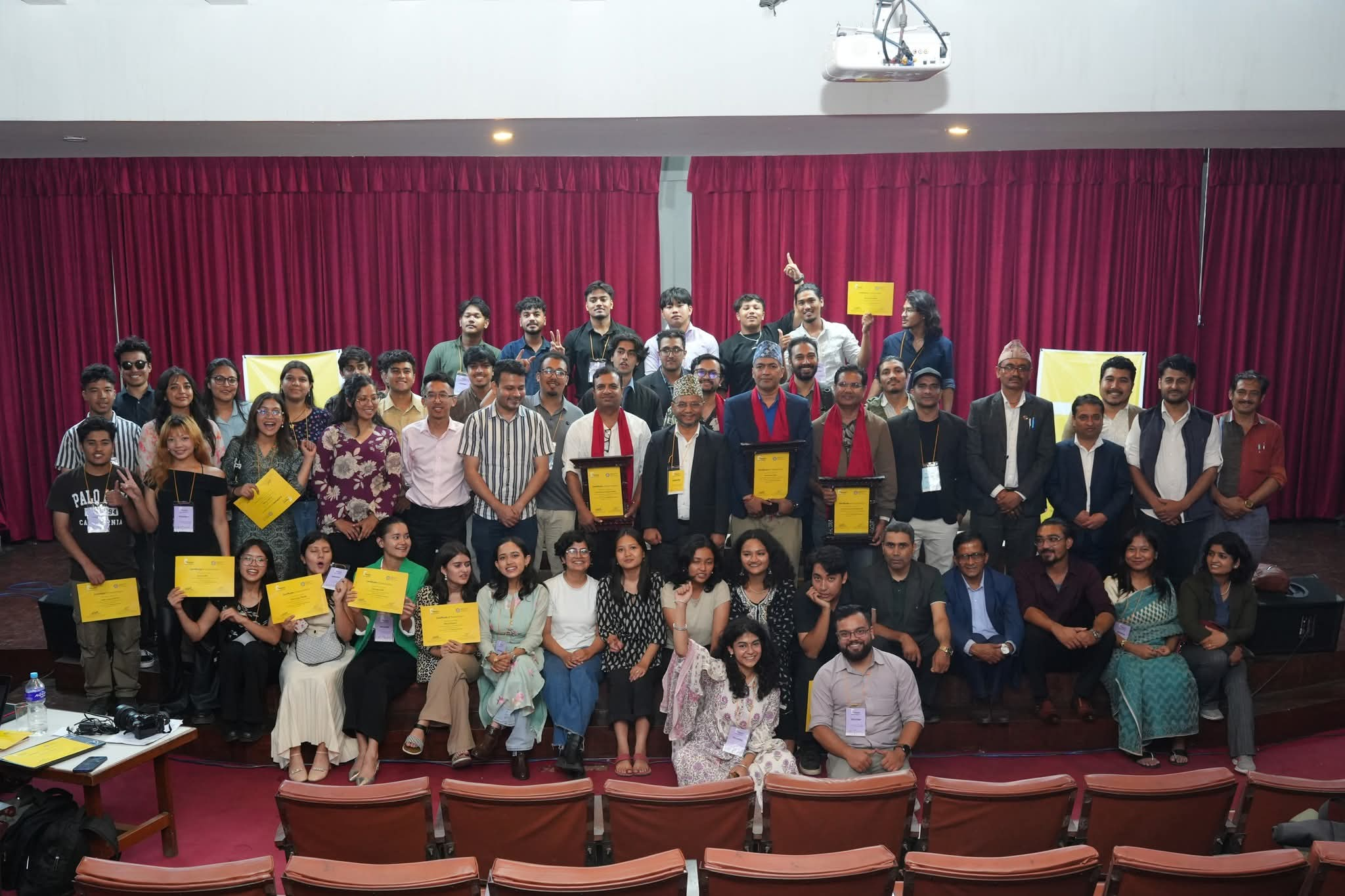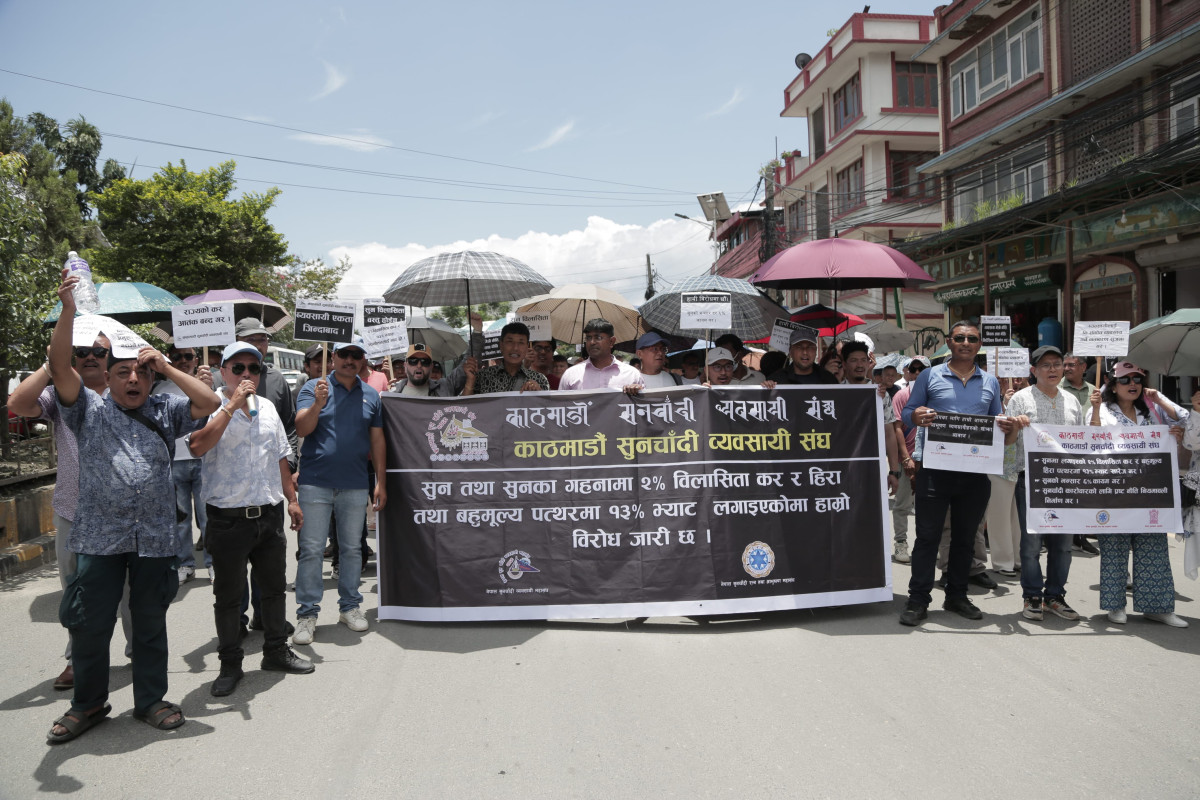
Food security exists when all people in a country, at all times, have physical and economic access to sufficient, safe and nutritious food that meets their dietary needs and food preferences for an active and healthy life, according to the World Food Summit. This definition emphasises sufficiency, accessibility and affordability of nutritious food by all people at individual, household, national, regional and global levels. There are now several concepts and definitions of food security proposed by different organisations such as Food and Agricultural Organisation and World Bank, but the main themes of all those organisations remain the same.
The Nepali context
Food insecurity in Nepal depends on several factors and issues and constraints faced by the farmers practising subsistence agriculture. Some of such issues and constraints in the second include:
- Nutrient mining and reduced soil fertility caused by land degradation, soil erosion, and additions of nutrients (or fertilisers) in lower amounts than required by plant
- Scarcity of groundwater for irrigation due to lowering and/or mining of groundwater tables and its mining and drying up of rivers and aquifers as a result of reduced rainfall and melting of snows in Himalayas and mountains
- Artificial scarcity of surface water for irrigation due to farmers’ inaccessibility to rivers though they are sufficient in numbers
- Improper management of natural resources resulting in loss of biodiversity and indigenous plant species of economic values
- Loss of forests resulting in reductions in rainfall, soil fertility, fodder for animals, and fuel wood for rural households.
On top of these is global climate change and variability, which is causing uncertainties in crop performance and overall risks in agriculture. Such uncertainties and risks will continue into the future too. All these factors consequently will result in food, nutrition and income insecurity at various levels, from individual to national.
Current production and demand data for major cereal crops (such as rice, wheat, maize, and barley) indicate that there is chronic food deficit in mountains and hills (close to 0.1 million tons in each region), but some surplus in Terai (0.1 million tons). This results in about 0.1 million tons food deficit if the entire country is considered. However, due to policy defects, the surplus food from Terai is not distributed properly to food deficit areas in hills and mountains. Data reveal that there is plenty of room for increasing yields in farmers’ fields and reducing the yields gaps of major crops.
Major causes of low crop yields are:
- Practice of traditional or subsistence farming systems
- Use of poor seed quality of crop varieties though high-yielding varieties (HYVs) of rice and wheat are used in more than 90% areas of the country, and almost 100% hybridsof maize are used in Terai
- Use of low-yielding composites and synthetic maize varieties in hills and mountains
- No or low seed replacement rate of HYVs and use of recycled hybrids of maize
- Low use of production inputs such as fertilisers, pesticides and herbicides, and
- Practice of rainfed cropping system predominantly.
Similar situations of low yields and low productivity exist in other crops, vegetables and fruits, as well as in livestock, poultry and fish.
Won’t organic farming help?
While there are great challenges for increasing crop yields and reducing yield gaps, and providing enough food to achieve food security, some sections of the society are talking about the promotion of organic farming without really understanding what the consequences would be if the country adopts organic farming without any research and knowledge base.
While organic products can receive premium prices if quality is controlled and products are properly certified, there are several pertinent issues of organic farming. Some of such issues, among others, are:
- Low crop yields
- Lack of sufficient crop biomass with farmers required to maintain/increase soil fertility and to increase yields
- Lack of organic nutrients/fertilisers required to achieve high yields
- Low and variable nutrient contents in organic manures such as that in farm yard manure (FYM), cowdung, and composts
- Difficulties in transportation, storage and application of organic manures which are required in large amounts due to their low nutrient contents, and
- Lack of organic sources or materials for control of weeds, pests and diseases
There are also significant issues related to processing, storage, marketing, quality control and certification of organic products. However, there are also some opportunities of organic manures for making granules and pellets through organic fertiliser machines, such as those now currently available and used in China, India, and Philippines. Nevertheless, with the current level of knowledge and research gap on organic farming in the country, it would be almost impossible to achieve food security if only organic farming is promoted by replacing the use of high-yielding inputs such as chemical fertilisers and pesticides in the country.
So, what is the best option?
Rather, commercialisation of agriculture with HYVs and hybrids with integrated nutrient, pest and water management should be the priority if food security has to be achieved in the country.
Nepal needs to rapidly transfer its agricultural production systems from subsistence farming to commercial farming to achieve food security at various levels. For such transitions, however, there are several socio-economic and institutional bottlenecks for farmers, who are currently practising subsistence agriculture. Appropriate policy and research and extension supports are necessary for such transitions as practising commercial agriculture requires some basic pre-requisites. Some of such pre-requisites are developing irrigation facilities especially for dry or winter season, establishment of facilities or centres for soil testing, seed production/testing and for storage/processing of fruits and vegetables, transport of products (inputs/outputs) and markets (both domestic and international), rural agriculture roads and rural electrification.
Commercialisation of agriculture will lead to modernisation and industrialisation. Once the pre-requisites are met, commercialisation can be practised through contract farming, cooperative farming or lease farming, all of which require farm mechanisation.
In Nepal, especially in the hills and mountains, land fragmentation is a major bottleneck for commercialisation. Voluntary land consolidation by farmers or farmers’ groups or associations/organisations would be required and these would permit to use machines in fields.
Other impending technological needs for achieving food security are:
- Biotechnology and genetic engineering for rapid release of pests and disease resistant, drought, heat and cold tolerant varieties, as well as varieties that can withstand extreme soil stresses such as low nutrient and extreme pH levels under current and future climate
- Use of quality seeds of HYVs and hybrids with rapid seed replacement rate
- Increased fertiliser use
- Integrated and/or site-specific precision nutrient management (i.e., balanced use of inorganic and organic fertilisers)
- Drip or precision irrigation and
- Agroforestry systems by integrating crop, livestock and trees.
On top of these, there is a need of improved policy and extension support for implementation of these technologies aimed at mechanisation and commercialisation.
Priority of the hour
Globally, there are now new developments in agriculture research, aimed at improving efficiency in agriculture, including input and labour use, and ultimately achieving food security. Many of these developments are quite innovative and are appropriate for large scale commercial farming as has already been practised by farmers in developed countries. In the case of Nepal, such innovations can be useful in future and hence research and academic institutions need to start thinking and testing such innovations.
Our priority for now and into the immediate future, however, is to increase the productivity of crops, livestock and other income-generating enterprises by practising improved technologies with high-yielding inputs that are quickly available and by mechanising the farming that would help reduce or close the enterprise performance (for example, crop yield, milk and meat from livestock), reduce labour needs and increase input use efficiency in farming. Such practises and innovations will ultimately enhance income-generating opportunities for rural youth and achieve food security at various levels.
Timsina is Honorary Professor, University of Melbourne, Australia; Adjunct Professor, Agricultural and Forestry University, Nepal; and Consultant, International Maize and Wheat Research Centre, Mexico.






















